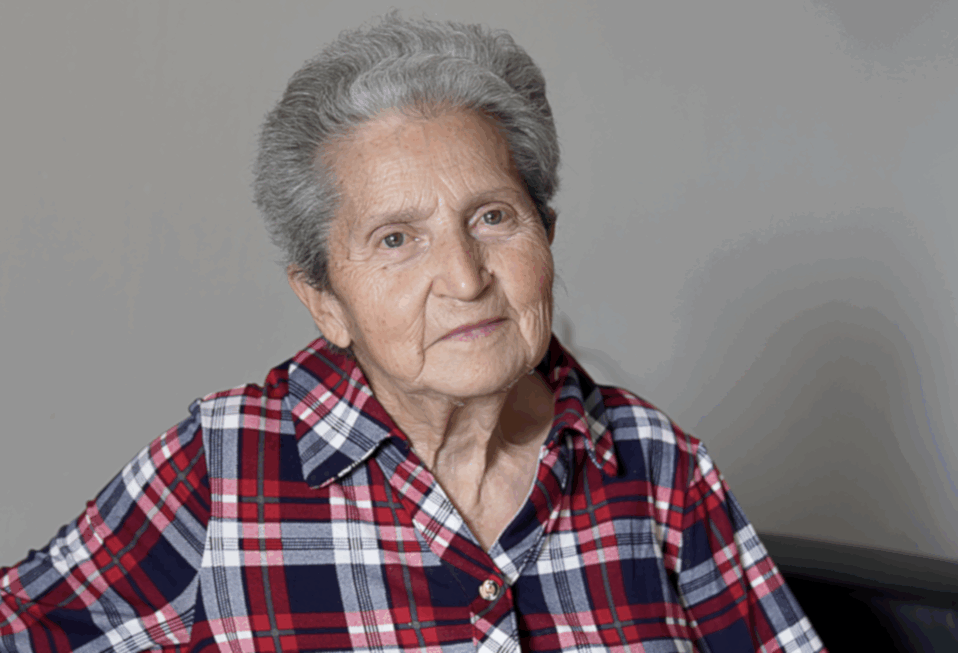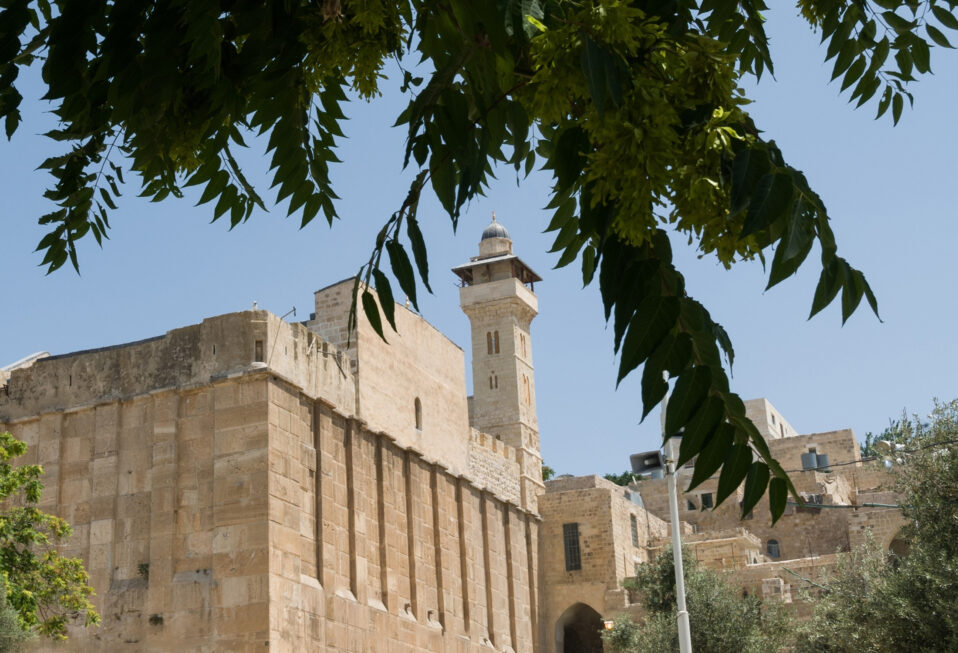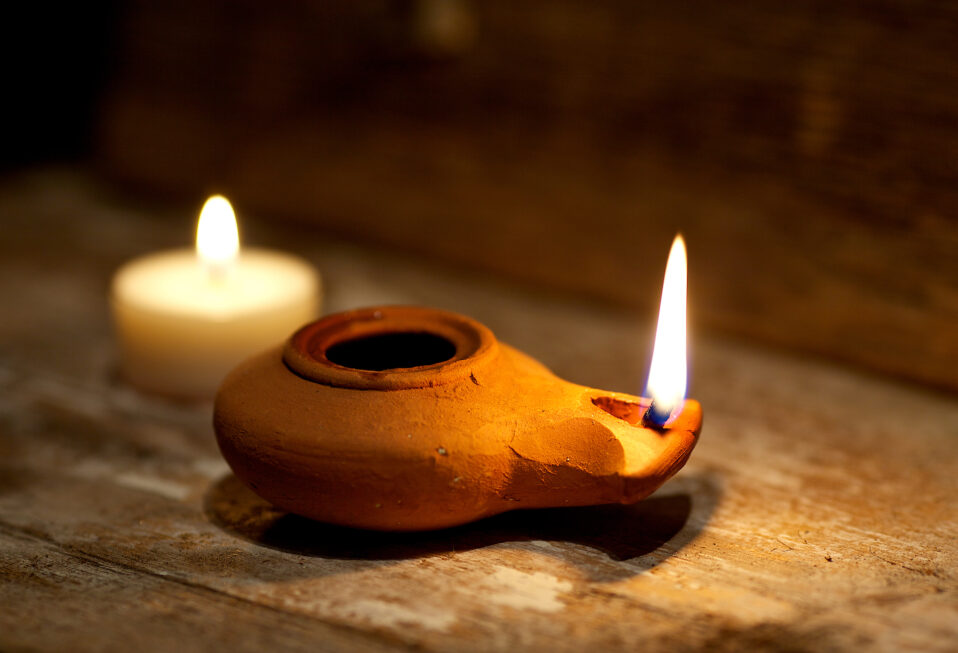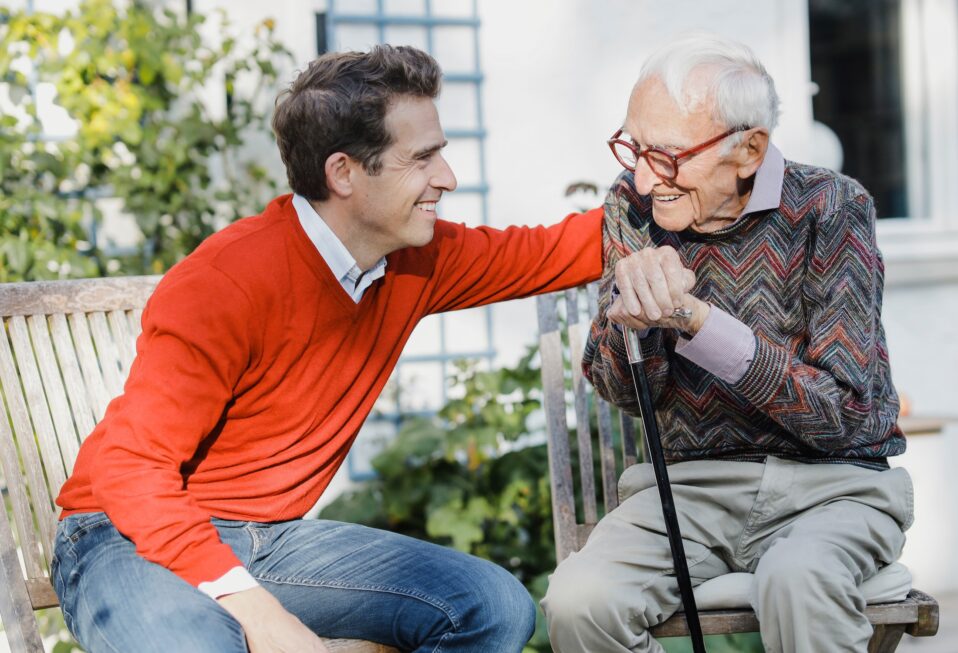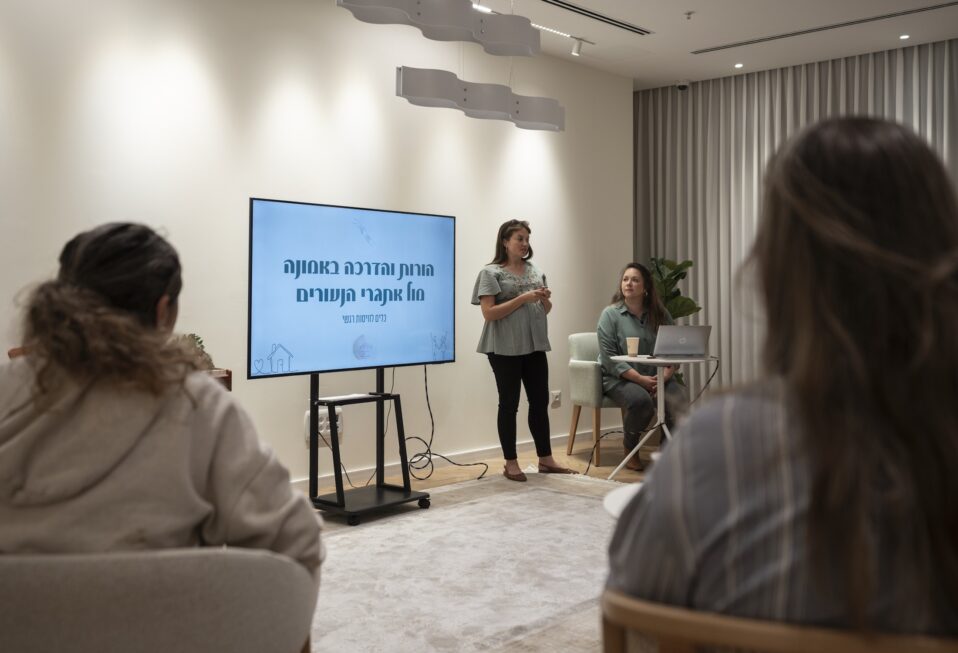By Arlene Bridges Samuels
New Year’s resolutions are nothing new. They can be traced back some four thousand years, when ancient Babylonians promised annually to pay any debts and honor their king. Nor is the custom of marking an event by dropping a “time ball” new. The first-time ball, installed at the Royal Conservatory in Greenwich, England, was something 19th-century ship captains set their navigational instruments to each day.
In the United States, efforts to set New Year’s resolutions are as famous as our iconic Times Square celebrations.
Just before midnight on December 31, 1907, the very first ball dropped to welcome the New Year of 1908. The spectacle of fireworks had been banned, so New York Times owner Adolph Ochs conceived of the ball drop instead. The seven-hundred-pound ball was constructed with wood and iron and studded with one hundred 25-watt light bulbs. Yet the revelers standing in Times Square over a hundred years ago could not have imagined this year’s creation! It weighed 12,350 pounds (about twice the weight of an elephant), was covered with over 5,000 Waterford crystals, and was illuminated by an 32,256 dazzling LED lights.
In fact, the 2025 pyrotechnic display was a first for the Times Square Ball Drop and featured the late Ray Charles’s beloved rendition of “America the Beautiful.” After the midnight countdown on New Year’s Eve, a fantastic burst of red, white, and blue confetti covered revelers celebrating the coming United States Semiquincentennial. The momentous new year marks our nation’s 250th anniversary of the signing of the Declaration of Independence! In a grand collaboration between America250 (formed in 2016 to plan the nation’s 250th birthday) and One Times Square, the unforgettable moments will long remain in the memories of Times Square crowds and millions of viewers worldwide.
The years seem to come faster and faster, and 2026 is no exception. The 24/7 news cycle bombards us with devastating events near and far—and thankfully also awakens our hopes with good news. As we make and keep new goals, New Year resolutions help us personally. They also provide a valuable exercise to determine how we can have a helpful influence on others, our country, and our ally Israel.
What follows is my curated list of New Year’s resolutions for Christians who ask, “What can I do or say to help Israel?” This selection offers choices for a New Year’s resolution to implement your support for Israel in 2026.
A quote from Robert F. Kennedy’s 1966 address to South African youth provides a plan for personal and help-focused New Year’s resolutions: “Few will have the greatness to bend history itself, but each of us can work to change a small portion of events, and in the total of all those acts will be written the history of this generation.”
Together, the Christian community possesses abilities to “change a small portion of events” that are coming in 2026. In doing so, we honor the God of Abraham, Isaac, Jacob, and Jesus Who makes His eternal intentions clear in Jeremiah 31:35-36. This is what the LORDs says, He who gives the sun for light by day and the fixed order of the moon and the stars for light by night, Who stirs up the sea so that its waves roar—the LORD of armies is His name: “If this fixed order departs from Me,” declares the LORD, “then the descendants of Israel also will cease to be a nation before Me forever.”
It is never too late for any generation to befriend the Jewish state and Jewish people across the world in tangible ways. As we head into 2026, I have taken the liberty of curating an action list for your New Year resolutions to bless Israel. Research your own ideas or feel free to choose what resonates with you, then act on it.
Every Name Counts presents a meaningful volunteer opportunity: to be part of building a digital memorial organized by Arolsen Archives, the International Center on Nazi Persecution. Volunteering to help is simple. Arolsen Archives emails a list of Holocaust-era names that must be digitized on their easy-to-use document, then emailed back. The Center houses the most extensive documentation of victims and survivors following World War II, and much of the information still remains on paper notecards after eighty years. Allies founded the Arolsen Archives in 1948 after the Holocaust. Originally called the International Tracing Service, the organization officially changed its name in 2019 to Arolsen Archives. This change reflects not only its location in Bad Arolsen, Germany, but more importantly its purpose as an important, award-winning archive inscribed on the United Nations Educational, Scientific and Cultural Organization (UNESCO) “Memory of the World” register. Of note, Arolsen Archives is upgrading its digital resources to engage the Gen Z population to help.
Genesis 123 Foundation (Genesis123.co) is a U.S.-based non-profit. Its purpose is to build bridges between Jews and Christians working together on special projects and outreaches in and for Israel. Some examples include providing hot soup and warm jackets for IDF soldiers and distributing children’s games to Israeli families now living in hotels due to the upheaval of the Hamas war.
The CBN Israel Resilience Center is a timely addition in 2025 for many thousands of Israelis suffering traumas, shock, and living in survival mode even after the war. The Resilience Center’s hub matches patients’ needs to a pool of counseling professionals for both adults and children—psychiatrists, psychotherapists, and social workers, as well as financial and parenting coaches. Although the Israeli government provides private therapy for direct victims, their families and friends need counseling as well. The Resilience Center is also available to and focused on the faith community, which is struggling with the aftereffects of war and in need of spiritual encouragement.
https://cbnisrael.org/2025/04/23/cbn-israels-resilience-center-helps-trauma-victims-2/
On social media, be sure to comment whenever you read or hear lies about Israel. Be civil, make certain your facts are correct, and avoid accusations and name-calling.
Pray for Israel, its leaders, and its citizens. International Christian Embassy Jerusalem hosts the weekly Isaiah 62 Global Prayer Gathering online.
Sign up for a tour to Israel. Root & Branch Tours offer a new, hands-on tour where Christians harvest olives in Israel and interact with IDF members, hostage families, and survivors. Their projects blend Christians from all over the world with Israeli Jews in a powerful demonstration of unity, symbolized by the ancient olive trees they harvest together. Root & Branch is an enactment of Romans 11 that Christians are grafted into the covenant God made with the Jewish people: that the Root supports the Branch.
Friends of the Israel Defense Forces. Make a financial contribution that champions the soldiers of the IDF and cares for their needs as they protect the State of Israel, democratic values, and Western civilization. FIDF is the official organization authorized to collect charitable donations for the IDF in the United States.
Enjoy an inspiring 2026 with successful New Year’s resolutions that bless and strengthen you, your family and friends, the United States, and Israel! Remember, silent voices accomplish nothing. Make yours heard with actions that speak louder than words.
Our CBN Israel team sends our warmest wishes and prayers for a blessed 2026.
Prayer Points:
- Pray for Israelis enduring ongoing traumas.
- Pray with thanks for thousands of Christians who came to Israel on solidarity tours.
- Pray for the fine organizations on this New Year’s list.
- Pray for the wisdom and safety of Prime Minister Netanyahu.
Arlene Bridges Samuels is the weekly feature columnist for CBN Israel since 2020. Working on the staff of the American Israel Public Affairs Committee (AIPAC) as their SE Regional Outreach Director for nine years, International Christian Embassy Jerusalem USA engaged her as the Leadership Outreach Director part-time for their project American Christian Leaders for Israel. Arlene is an author at The Blogs-Times of Israel, is published at AllIsrael.com and The Jerusalem Connection, and has traveled to Israel since 1990. By invitation, she attends Israel’s Government Press Office Christian Media Summits as part of Christian media worldwide. In 2024, Arlene and her husband Paul co-authored Mental Health Meltdown: Illuminating the Voices of Bipolar and Other Mental Illnesses. www.TheMentalHealthMeltdown.com.


